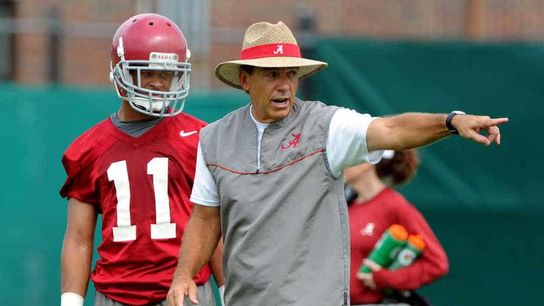A new FootballScoop study found that quarterbacks, defensive backs and wide receivers account for the largest percentage of current FBS head coaches.
There are some fun trends to be found inside the study. For instance, all three former running backs turned FBS head coaches reside at MAC schools - Ohio's Frank Solich, Bowling Green's Dino Babers and Akron's Terry Bowden. But maybe there is something more substanial we can glean here, too.
First, we must acknowledge that this study is a mere snapshot in time and a servant to circumstances. It is a study of all 128 FBS head coaches, yes, the 128 men who happen to be head coaches at this moment. It is not a study of the best 128 coaches in college football, just the ones who happen to hold those 128 jobs. As the census of the group changes next year, and the year after that, and the year after that, the numbers will change accordingly.
With that out of the way, perhaps there is something to be learned here after all. It's not surprising to see quarterbacks lead the pack by a substanial margin. It is the ultimate leadership position, after all. Many leaders become quarterbacks, and many quarterbacks become leaders. Either way, they often end at the same destination. Nor is it surprising to see running backs and tight ends at the bottom of the list. Running back in particular is the closest thing the game has to a plug-and-play position, and both typically represent just 1 of the 22 players on the field. It's a numbers game. Another example of the circumstances that affect this list. One of the most prominent college coaches for the past two decades until his recent change in status - Mack Brown - was a running back in another life. However, the numbers also say that, if your end goal is to become a head coach at the highest level of college football, you're better off not playing entirely than playing tight end, defensive line or running back.
Next to quarterbacks, defensive backs, wide receivers and linebackers most consistently turned into head coaches. If we were to play armchair psychologists, perhaps there is something about those positions that breed head coaching candidates. Maybe the nature of their positions - on the perimeter of the play, with the ability to see how action at the first level affects the second and third levels, and vice versa - creates a coach with a global understanding of the game.
This, by the way, should make Kansas State's Bill Snyder and Louisiana-Lafayette's Mark Hudspeth extra prepared for the duties of the job. Each played quarterback and defensive back in college.
